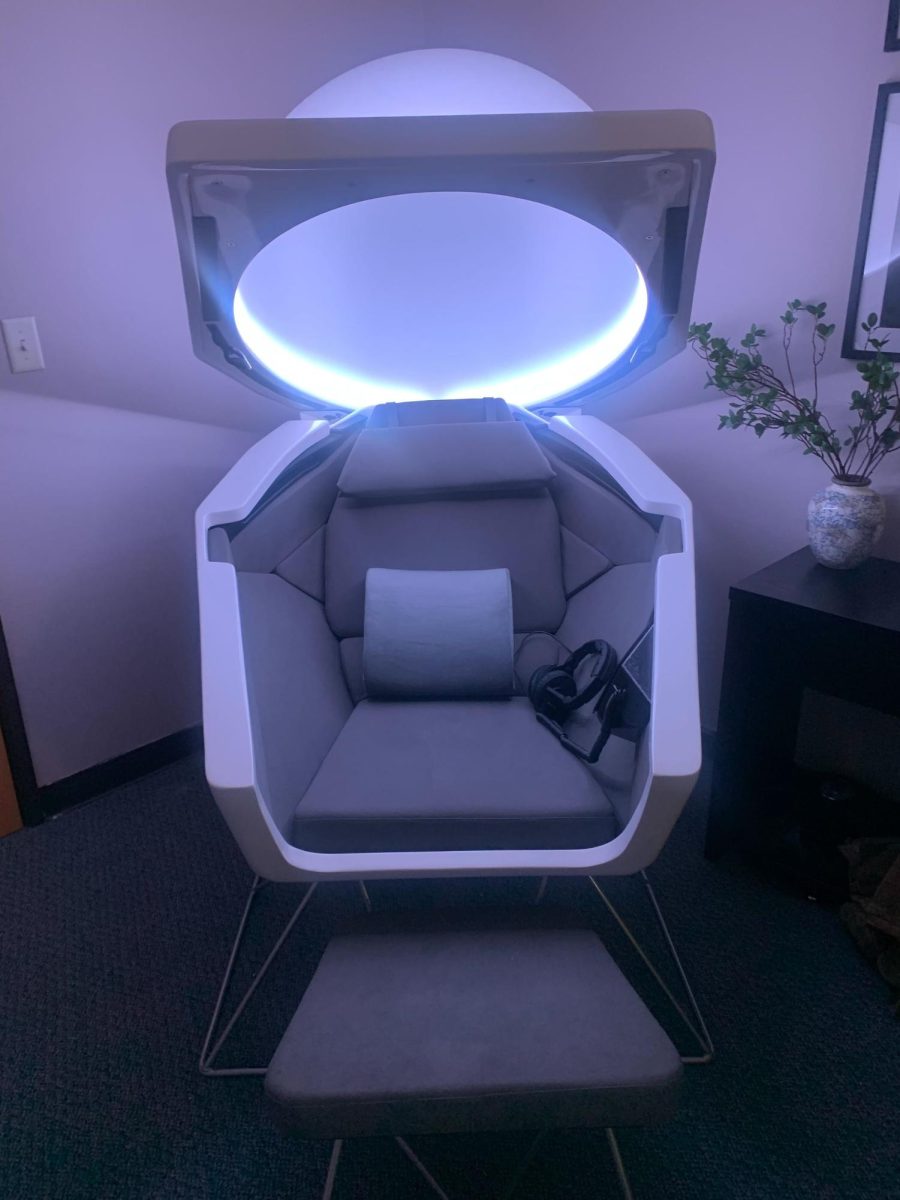Opinion: In the age of social media, finding a personal aesthetic is popular but wholly unnecessary.
———-
It’s the classic sophomore story: I just moved into my first apartment, and it looked like a hospital room. The uninspiring white walls felt like they were closing in on me with their menacing emptiness, and the bare blue mattress mocked me for having no style.
I worried that I made a mistake in choosing this building, but I was temporarily relieved when I remembered what a difference decorations would make. I then considered how daunting it is to make the room look coordinated whatsoever. “This would be so much easier if I had an aesthetic,” I thought to myself.
I’m just kidding about that last part, but aesthetics have been popularized on social media in the last several years and show no sign of leaving any time soon. The term refers to different trends in clothing, decorations and hobbies grouped together by a shared look. Examples include cottagecore and dark academia.
As a ubiquitous part of internet culture, aesthetics can be a fun way to explore and define a cohesive personal style. Much like personality quizzes, they’re an outlet for simple categorization.
But do we need to put a label on everything? Is there really any need for an aesthetic called normcore? Why distinguish between dark and light academia? While finding a style you like is meant to be enjoyable, it can verge on completely ridiculous. Categorizing everything you do, wear and consume leads to increasingly outlandish descriptors. Trying to summarize your entire sense of self in just a few words is bound to fail, and we all know that no one fits perfectly into these boxes, so why do we continue?
Moreover, aesthetic ideals tend to be far from inclusive. A search for any well known aesthetic (think Y2K or VSCO girl) on social media apps like TikTok and Pinterest largely yields results from one group in particular: thin white women with apparent access to money. Obviously these people are entitled to experiment with their style, but when they’re almost exclusively presented as the ideal across aesthetics, everyone who doesn’t fit that description may feel left out. As a choice, aesthetics are pretty harmless, but the idea that you needone is laughable.
Since moving in, I’ve found the time to decorate my room and save it from its sad hospital room look. Unfortunately for my imaginary influencer career, it could not be further from adhering to just one aesthetic.
My record collection and turntable suggest that I’m the pretentious hipster type. The Keith Richards poster above my bed and countless photos of musicians on the walls could (and arguably do) belong to an aspiring musician who hasn’t progressed since about 1987. My “Rocky Horror”poster and decorative bats showcase a flair for the dramatic, and my skunk and raccoon prints from the Saturday market exemplify the outdoorsy person I can’t even pretend to be. An incense holder and acoustic guitar in the window are remnants of the hippie age. As for my overflowing bulletin board and the pallet of cheap ramen under my desk? Pure college student chic.
But maybe it’s okay that nothing matches. After all, I’m a human being, not a cartoon character. I wear different clothes every day, and my interests are impermanent. All of these aspects of my personality and style can coexist. I may not win any interior design awards or thousands of Instagram followers any time soon, but I’m happy being myself instead of trying to fit a narrow ideal. Not to get all dark (or light?) academia here, but I contain multitudes.
Dark Academia aesthetic by Guillermo Valero














